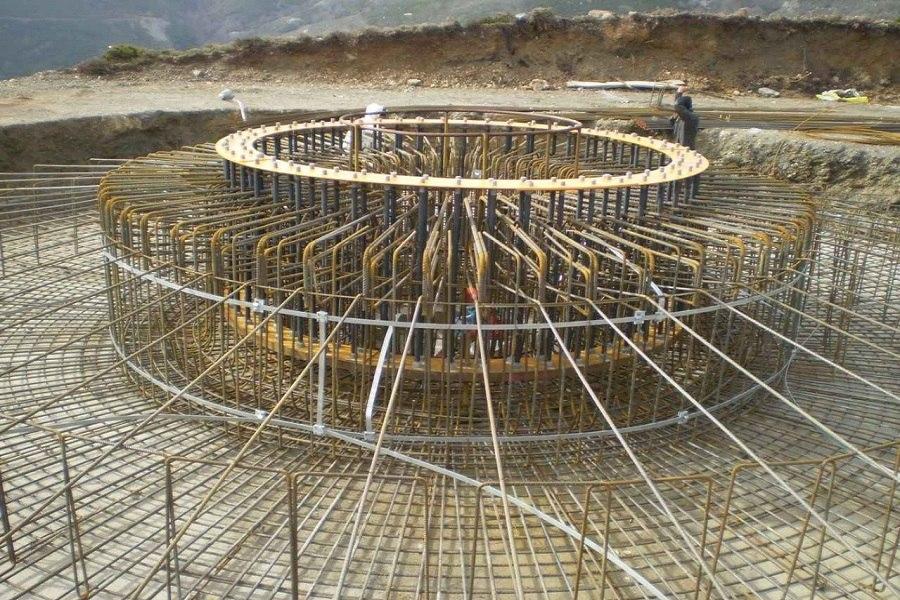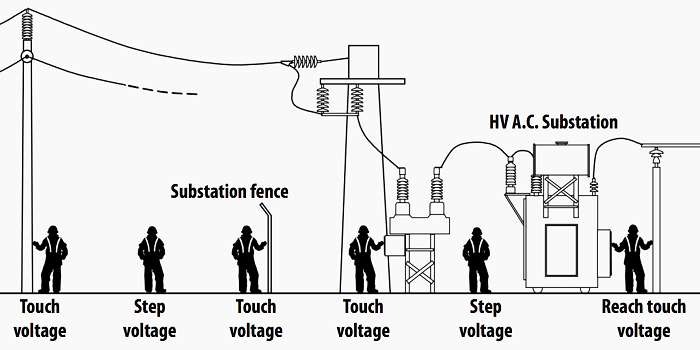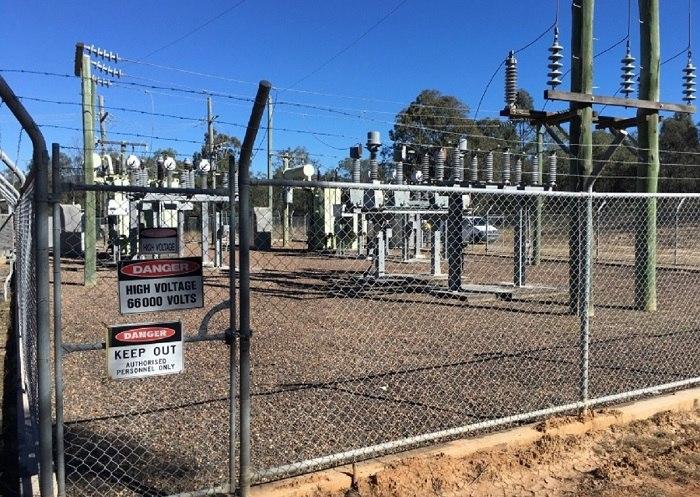Welcome to Linquip Blog. Here is another definitive article about another engineering and electronics term. Today we want to give you some useful information about Earthing or as technicians call it, grounding system to read. First of all, we bring you some introduction to “what is Earthing System”. Then, we will move to the section dealing with the Purposes of using earthing. In the 3rd stage of this article, we elaborate on all the earthing types and all essential points about naming these types. Stay with us until the end to find the answer to your question on this topic. Let us start with some basic definitions at the beginning.
What Is Earthing System
The electrical earthing is known as the process of transferring the immediate discharge of the electrical flow directly to the earth. This transferring is accomplished by the aid of the low resistance wire. It is actually an arrangement by which an electrical installation is connected to a means of earthing. Although Earthing is sometimes used for functional purposes, it is usually at services of safety purposes. For example, in the case of telegraph lines, the earthing is used as a conductor to save the cost of a return wire over a long circuit.
If there is a fault in an electrical installation, and this installation possesses no earthing system, a person could be damaged by an electric shock as touching a live metal part, because electricity uses the body of equipment as a path to the earth. Earthing job is to provide an alternate path for a fault current to flow to earth.
Most of the time, the galvanized iron is used for the earthing. The earthing serves as the simple path to the leakage current. The earth with zero potential takes the short-circuit current of the equipment. Thus, earthing protects the system and equipment from possible damage.
The Purposes Using of Grounding System
In the previous section, we talked about what the earthing system is and what it does. Now we are going to list some of the most important purposes that earthing is at service for.
Electrical circuits are connected to the earth or actually to the ground for a couple of reasons. There are a number of reasons below that show that why using a grounding system is important.
- The personal protection
- The protection of Electrical system
- Protection of Electromagnetic pulses
- protection against Lightning
- A sufficiently low impedance to facilitate satisfactory protection operation under fault conditions.
- Voltage protection, within reasonable limits under fault conditions
- Graded insulation in power transformers.
- Voltage limiting to earth on conductive materials that enclose electrical conductors or equipment.
Types of Earthing Systems
In the previous section, we brought some important purposes and goals that earthing is at service for. We talked about different types of protections that a grounding system provides. Now we are about to elaborate on different types of earthing systems.
There are five basic methods for earthing and providing the neutral of an electrical installation. The five methods and their abbreviations are named and elaborated below.
TN-S
In this method, there is a single point of connection between the supply neutral and earth at the supply transformer. The supply cables have separate neutral and earth protective conductors (S.N.E.). basically, the neutral conductor is a fourth ‘core’, and the earth conductor forms a protective sheath. The customer may have an earth terminal connected to the sheath of the service cable or a separate earth conductor.
In the UK and before the introduction of protective multiple earthing (PME or TN-C-S) systems, the TN-S method was pretty much the standard arrangement.
TN-C-S
In this method, the supply cables have a combined neutral and earth metallic outer sheath with a PVC covering. The combined neutral earth sheath is the PEN (protective earth neutral).
The supply within the customer’s premises would usually be TN-S, which means that the neutral and earth would be separate, linked only at the service position. When combing the neutral and earth within the premises, then the system is TN-C.
PNB
Protective Neutral Bonding is actually a variation of the TN-C-S system which provides the customer with an earth terminal connecting to the supply neutral. But you have to remember that the neutral is connected to earth at one point only. This arrangement is for the use of a single customer having its transformer.
TT
This method is a system where the supply is earthed at one point only, but the cable sheaths and exposed metalwork of the customer’s installation are connected to earth via a separate electrode which is independent of the supply electrode.
IT
This is a system without a direct connection between live parts and earth, but with its exposed conductive parts of the installation earthed. Sometimes a high impedance connection to earth is provided to simplify the protection scheme required to detect the first earth fault.
Conclusion
in this article, we tried to give you all the essential and comprehensive information about Earthing System. we talked about the basic definitions. Then, we elaborated on the purposes of using Grounding systems. In the next stage, we talked about five different and main types of earthing systems. All we did in this article was an attempt to make it easier for you to understand the concept of earthing electrical installations.
If you have any experience of using different types of earthing systems and know more about them, we will be very glad to have your opinions in the comments on our website Linquip. Moreover, if you have any questions about this topic, you can sign up on our website and wait for our experts to answer your questions. Hope you enjoyed reading this article.
Buy Equipment or Ask for a Service
By using Linquip RFQ Service, you can expect to receive quotations from various suppliers across multiple industries and regions.
Click Here to Request a Quotation From Suppliers and Service Providers
Read More on Linquip
- IT Earthing System: The Key and Essential Facts Everybody Wants to Know
- A Definitive Guide to TNCS Earthing System
- TNC Earthing System։ a detailed explanation
- TNS Earthing System: a useful guide
- Difference Between Grounding and Earthing
- TT Earthing System: An Easy-to-understand Guide Along with a Full Description





